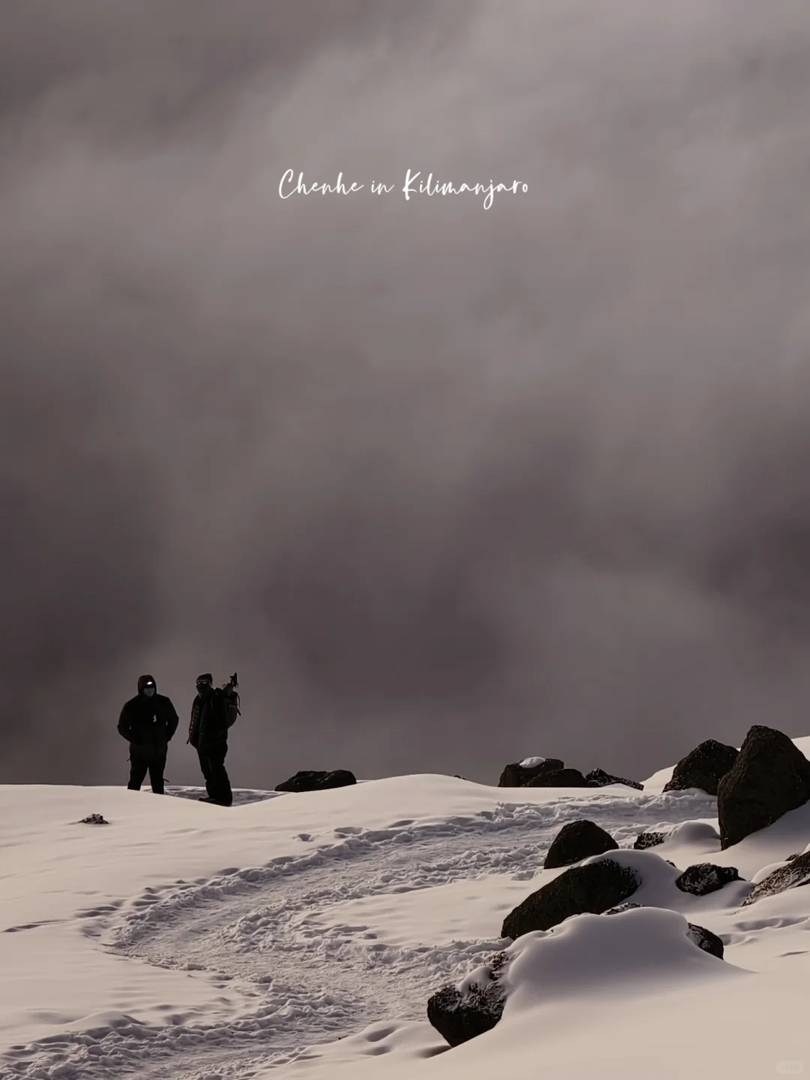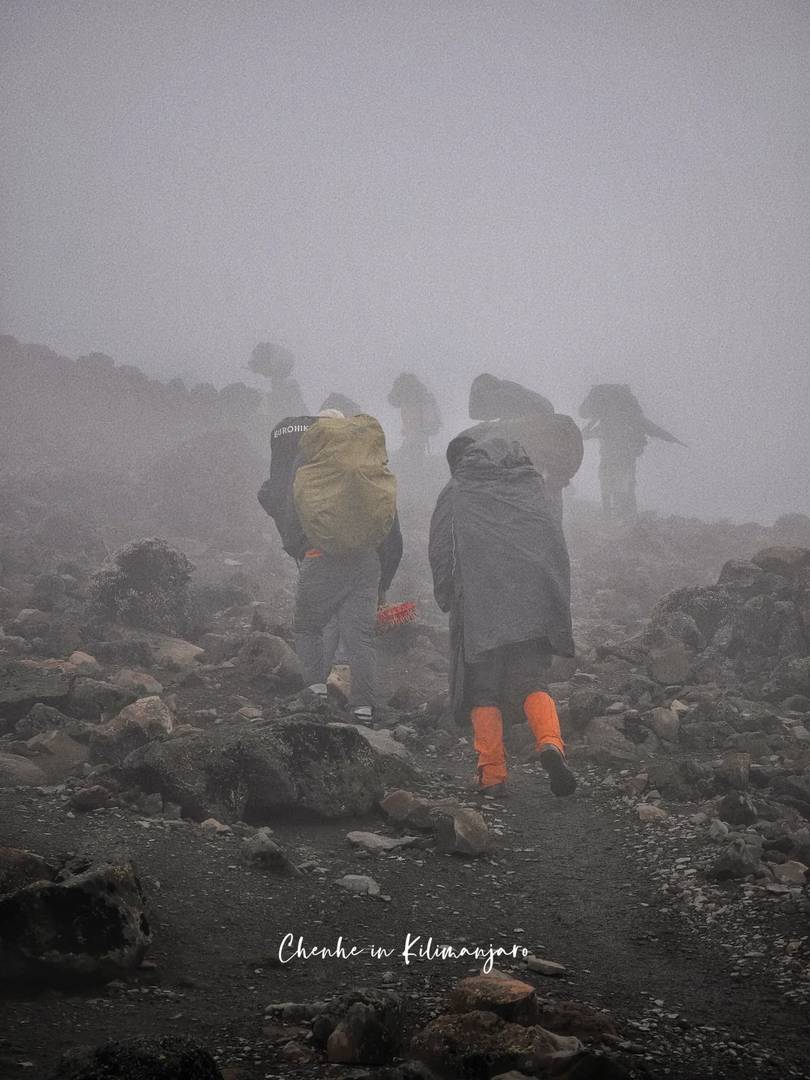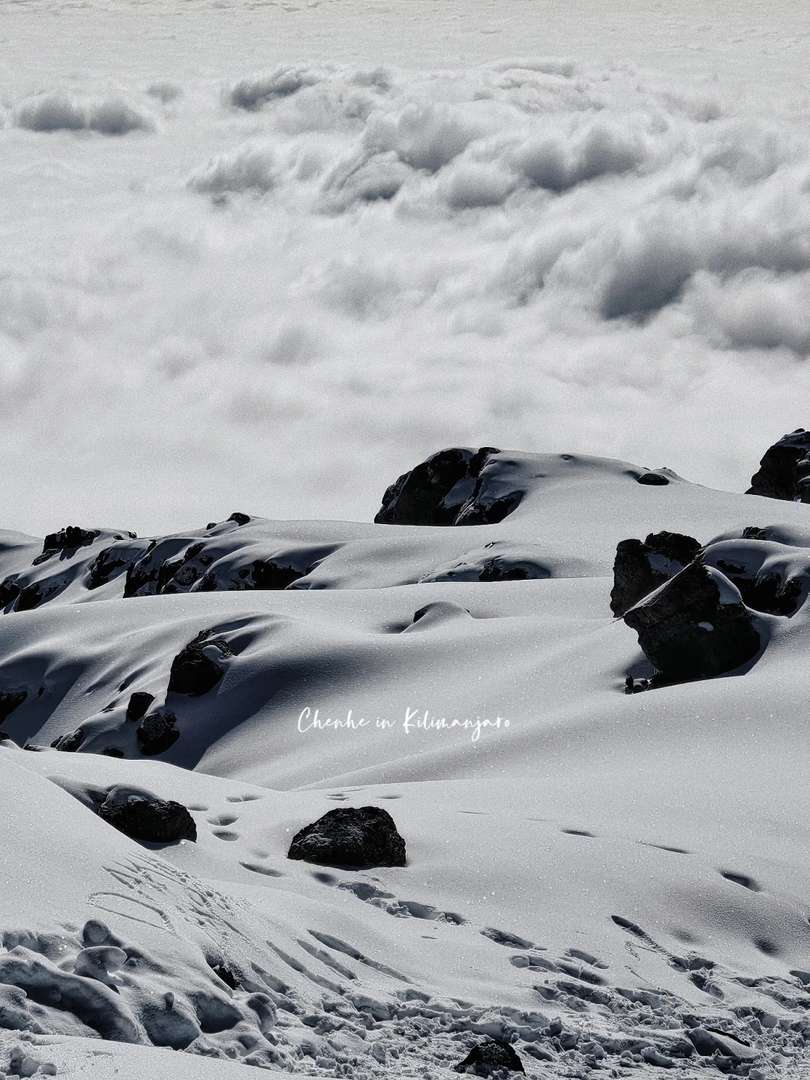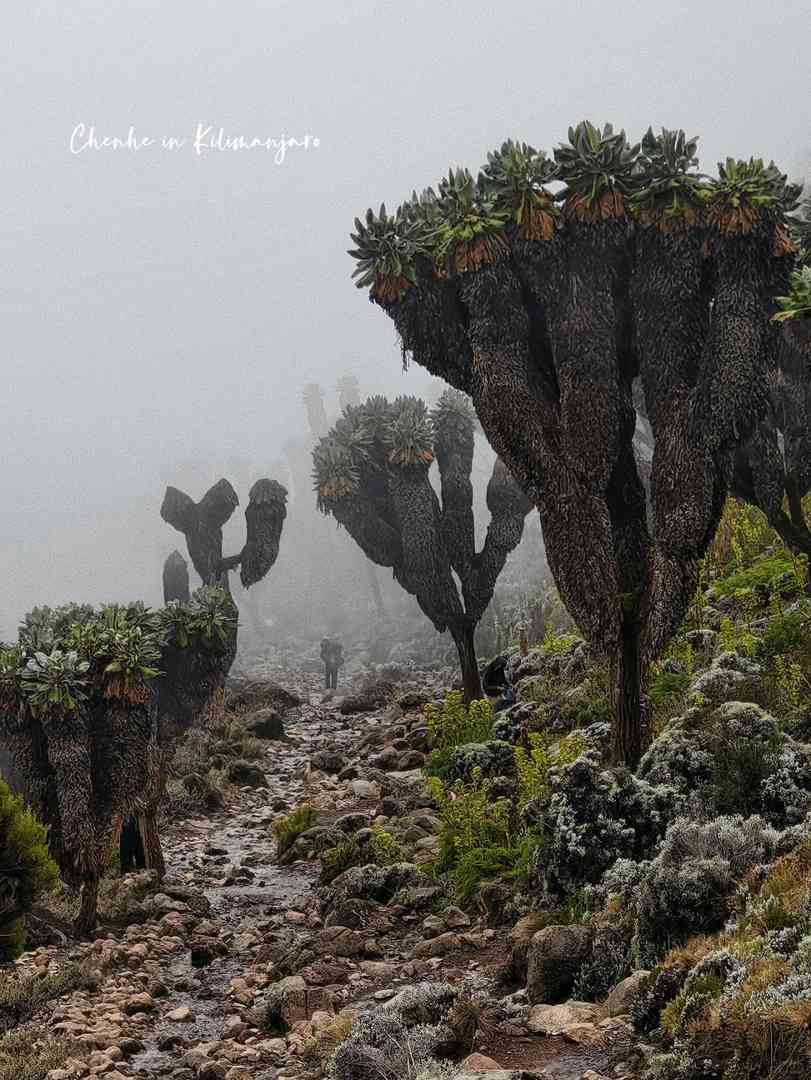Kilimanjaro Climbing Guide: Essential Tips & Real Challenges for First-Time Hikers
The popular saying that Kilimanjaro is “a climb anyone with legs can do” has circulated for years—but after our firsthand experience, I can confidently say this claim is dangerously misleading. Here’s why.

From January 26 to February 1, 2025, our team conquered Kilimanjaro via the scenic Lemosho route, but not without significant challenges.

Weather threw us curveballs: though January typically avoids heavy rains, we faced relentless downpours, blinding snowstorms, and stinging hail. Trekking soaked to the bone day after day tested our mental resilience. Only on summit day did fortune smile—the clouds finally parted, revealing glorious sunshine as if rewarding our perseverance.

The true test came on summit day: a grueling 18-hour marathon starting at midnight. We ascended from 4,600m to the roof of Africa at 5,895m, then plunged down to 3,100m—a brutal 1,300m climb and 2,800m descent. This would be demanding at sea level; at altitude, it became a Herculean feat.

The mountain didn’t go easy on others either. We witnessed countless climbers turning back, while rescue helicopters buzzed overhead like persistent hornets—a sobering reminder of Kilimanjaro’s hidden dangers.

Our team wasn’t inexperienced: six members had trekked Everest’s East Slope, four conquered EBC, and three reached K2 Base Camp. Though not professional climbers, we were no strangers to high altitudes. We even opted for a conservative 7-day itinerary for proper acclimatization. Yet by journey’s end, we all felt utterly spent—proof that Kilimanjaro demands respect.

True, Kilimanjaro’s gentle slopes and non-technical terrain make it the most accessible of the “Seven Summits.” But don’t be fooled—this is still a nearly 6,000-meter giant where altitude sickness and unpredictable weather can turn deadly. While determined trekkers can reach the summit, honest self-assessment and thorough preparation are non-negotiable. The “anyone with legs” myth does climbers a disservice—high-altitude adventures demand serious consideration, not casual underestimation.



